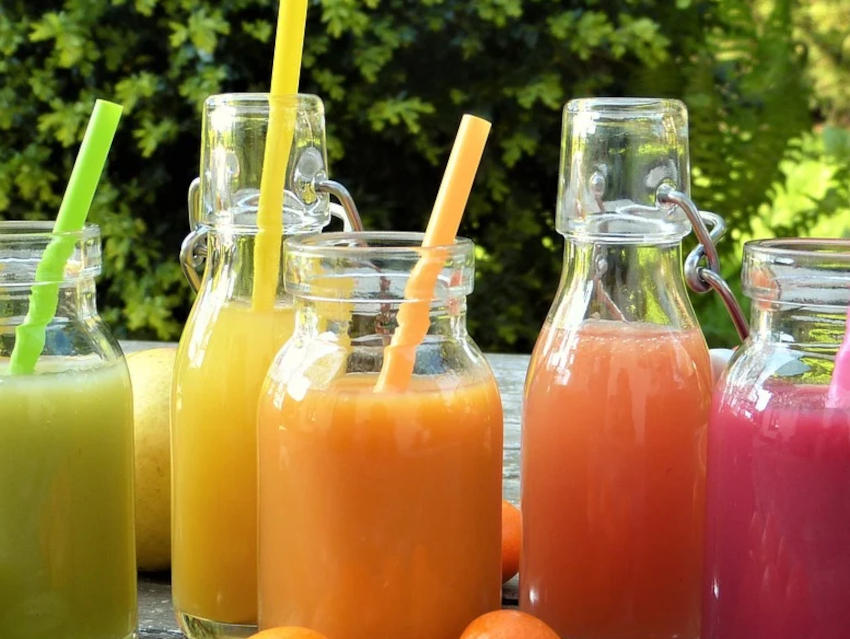Juicing can change the levels of health-promoting phytochemicals and antioxidants in vegetables by exposing the tissues to oxygen, light, and heat, as well as releasing enzymes. There are different types of home juicing machines commonly used for making fruit or vegetable juices. Blenders crush vegetables with spinning blades and generally give thick juices with large amounts of pulp and dietary fiber. High-speed centrifugal juicers separate out pulp and fiber and give a thinner juice. Low-speed juice extractors squeeze juice while rotating the vegetables at a low speed and removing pulp and fiber. They produce the least amount of heat of the three methods.
Guddadarangavvanahally K. Jayaprakasha, Bhimanagouda S. Patil, Texas A&M University, College Station, USA, and colleagues have compared the phytochemical and antioxidant contents of 19 vegetables juiced with these three techniques, e.g., kale and beets. The team observed that, in general, blending produced juices with the lowest amounts of certain beneficial compounds, such as vitamin C, antioxidants, and phenolics. This could be the case because the method produces the most heat. Low-speed juicing generated the highest amounts of beneficial compounds, although exceptions were found for certain vegetables, such as red radish and yellow baby carrots. Blended vegetable juices had the highest amounts of α-amylase inhibitors. α-Amylase is an enzyme that hydrolyzes polysaccharides such as starch, which leads to higher blood sugar levels after a meal. α-Amylase inhibitors could, thus, help reduce hyperglycemia after a meal.
The researchers used ultra-high-performance liquid chromatography combined with ion-trap time-of-flight mass spectrometry (UHPLC-QTOF-MS) to analyze the juices prepared by the three methods and identified 85 different metabolites. They found that the low-speed juicer produced more diverse metabolites than the other two methods, but the relative abundances for the three juicing methods differed based on the type of vegetable. Overall, according to the researchers, different juicing methods for different vegetables could result in unique health benefits.
- Untargeted Chemometrics Evaluation of the Effect of Juicing Technique on Phytochemical Profiles and Antioxidant Activities in Common Vegetables,
Junyi Wang, Guddadarangavvanahally K. Jayaprakasha, Bhimanagouda S. Patil,
ACS Food Sci. Technol. 2020.
https://doi.org/10.1021/acsfoodscitech.0c00013




